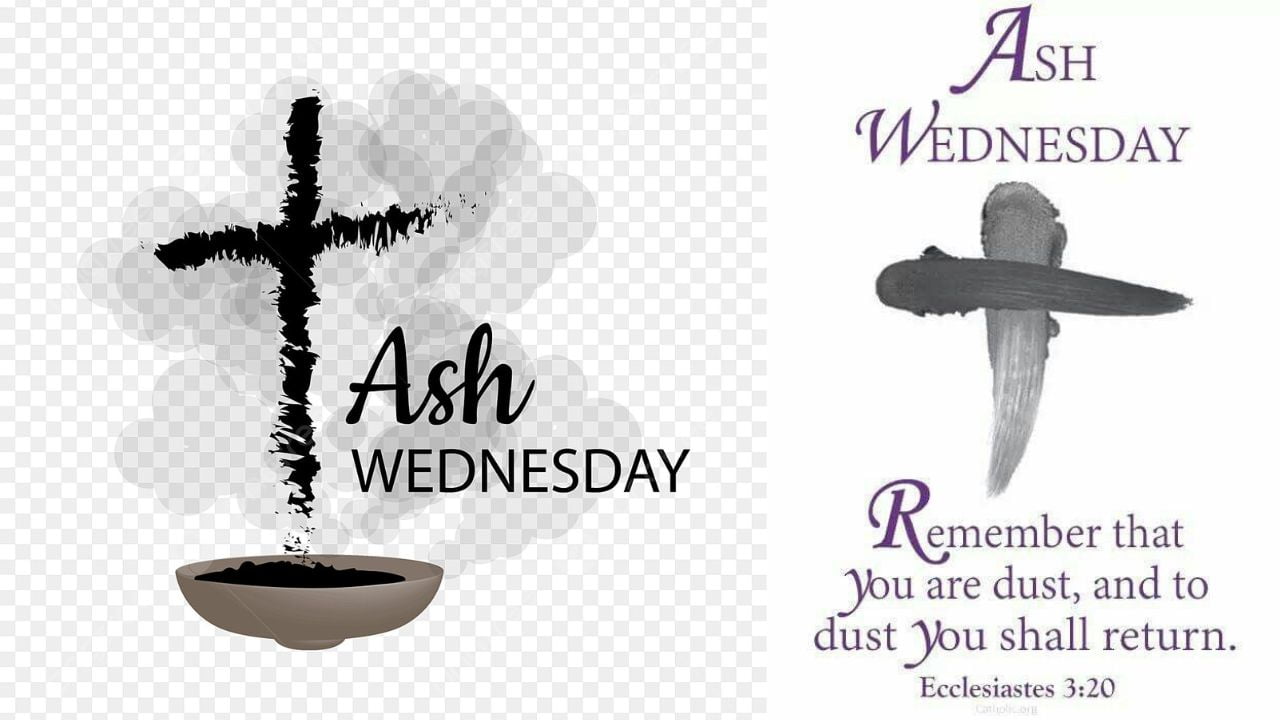Understanding Ash Wednesday and Valentine’s Day
The convergence of Ash Wednesday and Valentine’s Day in 2024 prompts considerations for those observing both occasions. Let’s explore the significance of Ash Wednesday, its impact on Valentine’s Day plans, and common questions surrounding this Christian observance.
What is Ash Wednesday?
Ash Wednesday marks the commencement of the Lenten season, a period of spiritual reflection and preparation leading up to Easter. Christians often attend church services where ashes are applied to their foreheads in the shape of a cross, symbolizing repentance and mortality.
Fasting and Abstinence
Ash Wednesday entails fasting and abstinence from meat for many Christians. This practice serves as a reminder of human mortality and the need for reconciliation with God. Typically, believers are encouraged to consume only one full meal on this day.
Significance of Ashes
The ashes used on Ash Wednesday are derived from burning palm branches from the previous year’s Palm Sunday. They represent both death and repentance, harkening back to early Roman practices where serious sinners underwent public penance by wearing sackcloth and being sprinkled with ashes.
Balancing Ash Wednesday with Valentine’s Day
With Ash Wednesday coinciding with Valentine’s Day, individuals may need to balance the solemnity of Ash Wednesday observances with the celebrations of Valentine’s Day. While Valentine’s Day traditionally focuses on romantic love, those observing Ash Wednesday may integrate elements of reflection and spiritual devotion into their Valentine’s Day plans.
Common Questions and Misconceptions
New Christians and non-believers may have questions about Ash Wednesday and Lent. Some common queries include whether it’s permissible to eat meat on Ash Wednesday and whether the ashes can be washed off. Understanding the significance and practices of Ash Wednesday can help address these inquiries.
Understanding Lent: History and Practices
Lent, a significant period in the Christian calendar, extends from February 14 to March 28 in 2024. Let’s delve into the origins and practices associated with this solemn season.
Historical Evolution of Lent
Originally, the early Christian church observed Lent over a six-week period or 36 days, excluding Sundays, with fasting as a central practice. In the 7th century, the duration was extended to 42 days to align with the 40-day fast of Jesus Christ in the desert. This expansion aimed to deepen the symbolic connection with Christ’s journey.
Symbolism of Ashes
Ashes hold profound symbolism in the context of Lent. Referenced in Genesis 2:7, they represent both death and repentance, serving as a tangible reminder of human mortality and the need for spiritual renewal. This symbolism traces back to early Roman practices, where serious sinners underwent public penance, including wearing sackcloth and being sprinkled with ashes.
Evolution of Ash Wednesday Observance
In the early centuries, public penance marked the beginning of Lent, with individuals wearing ashes and remaining apart until reconciled with the Christian community. Over time, this practice evolved, with the entire congregation receiving ashes on Ash Wednesday. The ashes used are typically derived from burning palm branches from the previous year’s Palm Sunday.
Modern Application of Ashes
The modern-day Roman Catholic Church is credited with popularizing the application of ashes in the shape of a cross on the forehead. This practice serves as a visible sign of repentance and a reminder of the need for reconciliation with God.
Observance of Ash Wednesday
Ash Wednesday holds significant importance in Christian practice, despite not being a holy day of obligation. Let’s explore the common traditions associated with Ash Wednesday and Lent, as well as the diverse perspectives among Christian denominations.
Attendance and Observance
While Ash Wednesday is not obligatory, it is widely attended by Christians, making it one of the most observed services outside of Sundays. This reflects its significance in the Christian calendar as a solemn beginning to the Lenten season.
Denominational Practices
Ash Wednesday is observed by various Christian denominations, including Catholics, Orthodox, and many Protestant believers. However, not all Protestants partake in this tradition, highlighting the diversity of practices within Christianity.
Lent: A Biblical Perspective
The emphasis on prayer, fasting, and generosity during Lent finds resonance in biblical teachings. Authors and characters in the Bible, including Jesus, exemplify a lifestyle of devotion and spiritual discipline akin to Lent, even though the term itself is not explicitly mentioned.
Choice in Ashes
The decision to keep ashes on the forehead after the service is entirely voluntary. According to uscatholic.org, individuals are not obliged to retain the ashes once the practice is complete. However, many choose to do so as a visible expression of their faith and an opportunity to share their beliefs with others.
Conclusion
As Ash Wednesday and Valentine’s Day intersect in 2024, individuals have an opportunity to reflect on the deeper meaning of both occasions. Whether through attending church services, fasting, or incorporating moments of introspection, observing Ash Wednesday alongside Valentine’s Day can provide a unique opportunity for spiritual growth and renewal. As Lent unfolds from February 14 to March 28, 2024, understanding its historical evolution and symbolic practices enriches its significance. From the extension of the fasting period to the symbolism of ashes, Lent invites believers to embark on a journey of spiritual introspection, repentance, and renewal. As Christians observe Ash Wednesday and embark on the Lenten journey, it’s evident that the significance of these practices transcends denominational boundaries. Whether attending services, fasting, or wearing ashes, believers engage in these traditions as expressions of devotion, reflection, and witness to their faith.
